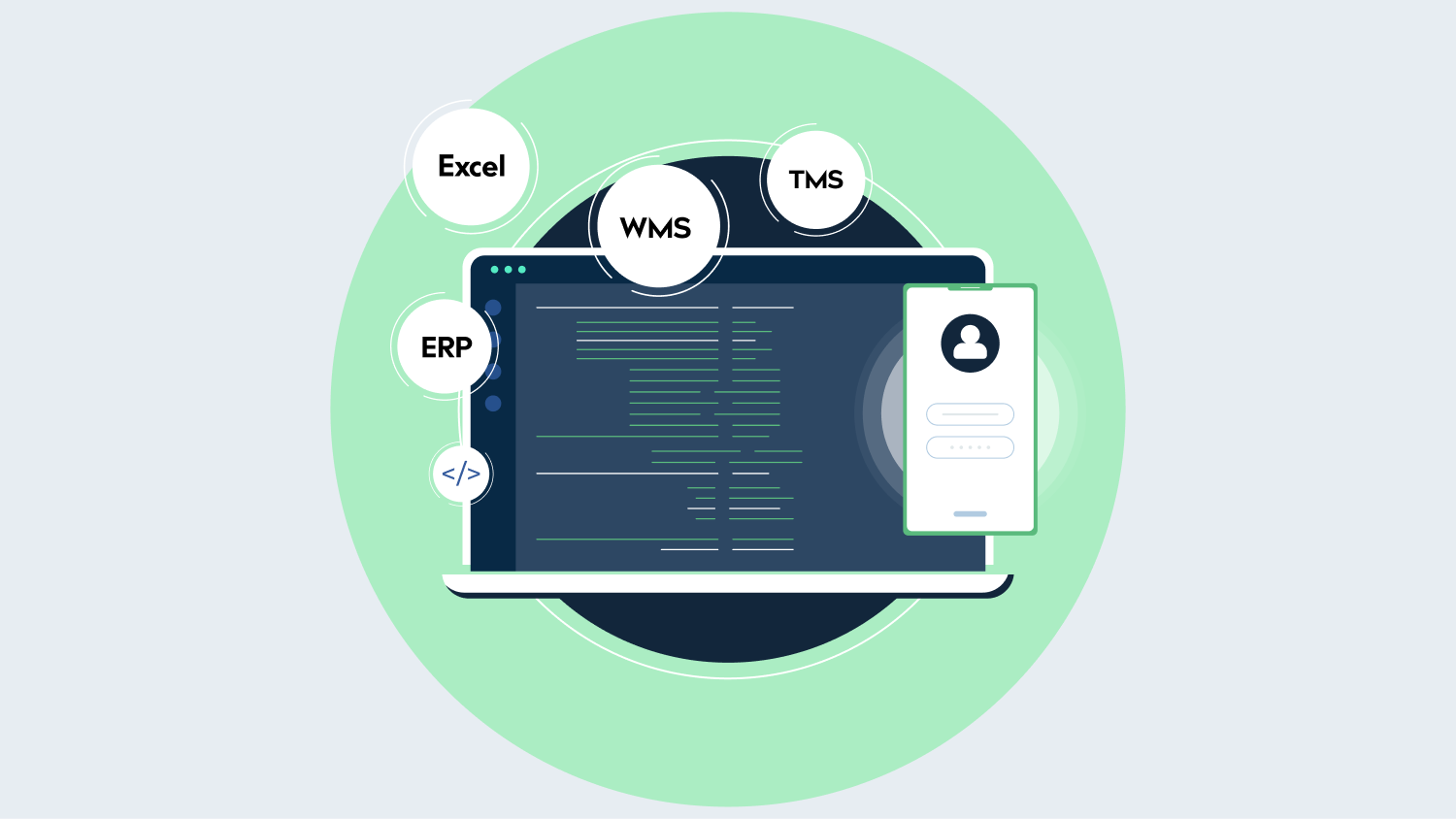Are you looking for a way to meet the increasing demand while minimizing costs and waste?
This can be done with production optimization, a strategy that enhances efficiency and boosts output in manufacturing processes.
By analyzing workflows, leveraging advanced technologies, and implementing best practices, companies can simplify operations and improve product quality.
Want to know how that’s achieved? Read on.
What is Production Optimization?
Production optimization focuses on improving manufacturing processes to boost efficiency, cut costs, and maintain seamless operations across the supply chain. These improvements help create a more efficient, responsive, and cost-effective manufacturing environment.
It involves a range of efforts, such as:
- Minimizing waste
- Simplifying workflows
- Accelerating production lines
- Identifying and removing errors or bottlenecks
- Enhancing delivery performance
- Making production management easier
- Increasing overall productivity
Why is Production Optimization Critical in Modern Manufacturing?
Below are some key benefits of prioritizing production optimization in manufacturing:
Boosting Profitability and Performance
Production optimization provides a range of advantages that positively impact a company’s profitability and overall performance, benefiting employees and customers.
By streamlining operations, automating tasks, and managing inventory efficiently, businesses can increase productivity, lower costs, and enhance product quality.
Improved Resource Management and Sustainability
Optimizing production conserves materials and energy, supporting environmental sustainability but also aligns with growing consumer demand for eco-friendly practices.
It also improves resource management by reducing waste and minimizing downtime. These improvements Companies adopting sustainable standards can gain a competitive advantage in the marketplace.
Minimize Unplanned Downtime
Unplanned downtime disrupts production and drives up costs due to machine failures, maintenance issues, or staff shortages. It leads to bottlenecks, wasted resources, and higher expenses.
Accurate tracking helps reduce disruptions and avoid indirect losses, such as damaged reputation from delays or compromised product quality.
Other Benefits
- Increased productivity and operational efficiency
- Lower operational costs
- Improved product quality
- Higher customer satisfaction and stronger customer loyalty
- More effective resource management
- Reduced waste and downtime
- Greater sustainability in manufacturing processes
- Enhanced competitiveness and better adaptability to market changes
Key Pillars of Production Optimization
Boosting manufacturing efficiency doesn’t happen overnight, but by taking intentional steps, you can streamline operations and drive both profitability and customer satisfaction. Below are effective strategies to optimize production processes.
- Assess Current Operations
Conduct a comprehensive review of your production workflows to uncover inefficiencies, bottlenecks, and areas that need improvement. This audit will serve as a starting point for any necessary upgrades.
- Leverage Advanced Technologies
Incorporate cutting-edge technologies like IoT devices, automation tools, and artificial intelligence. These tools enhance productivity by reducing manual errors and streamlining complex processes.
- Adopt Lean Manufacturing Practices
Lean manufacturing focuses on reducing waste and maximizing efficiency. Introduce these principles to optimize workflows, remove unnecessary steps, and enhance overall output.
- Optimize Inventory Management
Switch to just-in-time inventory management and invest in software that tracks inventory levels. This ensures you maintain optimal stock levels, avoiding overstocking or stockouts, and reduces holding costs.
- Upskill Your Workforce
Continuous training keeps your team ahead of the curve. Offer programs that teach new technologies or improve existing skills to empower employees and boost productivity.
- Use Data to Make Informed Decisions
Implement data analytics tools to monitor production activities and identify trends, inefficiencies, or potential issues. This data-driven approach helps in forecasting market changes and making strategic adjustments.
- Prioritize Preventive Maintenance
Regular equipment maintenance minimizes the risk of breakdowns that disrupt production schedules. Preventive maintenance allows you to predict and fix potential issues before they affect operations.
- Ensure Consistent Product Quality
Quality control is essential for maintaining customer trust. Integrate strict quality assurance measures throughout the production line to reduce defects, minimize returns, and maintain customer satisfaction.
Process Optimization vs Production Optimization
| Process Optimization | Production Optimization | |
| Focus Area | Specific processes within operations. | Overall production flow across the factory. |
| Objective | Improve efficiency and quality of individual processes | Maximize production output and streamline manufacturing |
| Key Steps | Identifying problems specific to the processAnalyzing the current state to create the desired stateAuditing the change to evaluate resultsMonitoring the change to keep it on track | Changing factory layoutChanging or rearranging machines and tools at the point of useImplementing new WIP (Work in Progress) proceduresTraining operators and technicians to respond to automated alarms |
| Outcome | Process improvements that support better operations | Factory-wide optimization to enhance production efficiency |
| Impact | Localized within specific workflows | Broader impact across multiple operations and departments |
Common Challenges in Production Optimization
Optimizing production processes can offer many benefits, but it also comes with challenges that require careful management. Below is a deeper look at some key difficulties that businesses often encounter when striving for production optimization.
- Integrating new technologies like automation or IoT can be complex and may disrupt existing workflows.
- Workflow disruptions can cause delays, requiring time for teams to adjust to new processes.
- Proper employee training is essential to prevent inefficiencies and operational errors.
- Businesses must balance efficiency with product quality to meet customer expectations.
- Compliance with internal policies and external regulations adds complexity to optimization efforts.
- Fluctuating market demand requires flexible systems to maintain performance and output.
- Real-time monitoring helps identify and address issues early but requires advanced tools and data analysis.
- Resistance to change among employees is common, as they often prefer familiar processes.
- Effective communication and change management strategies are needed to help staff embrace new systems.
- Overcoming these challenges ensures smoother transitions, better efficiency, reduced costs, and improved product quality.
Enhance Manufacturing Output with Sophus X
Sophus AI offers various solutions to boost manufacturing output through Operation Optimization. This service focuses on Transportation Routes Planning and Order-Ship Assignment Optimization, ensuring smooth workflows across the production and delivery process.
By streamlining operations, it helps eliminate inefficiencies, reduce delays, and optimize resource usage, resulting in faster production cycles and improved output. Additionally, their data-driven insights enable businesses to make real-time decisions, minimizing downtime and bottlenecks.









